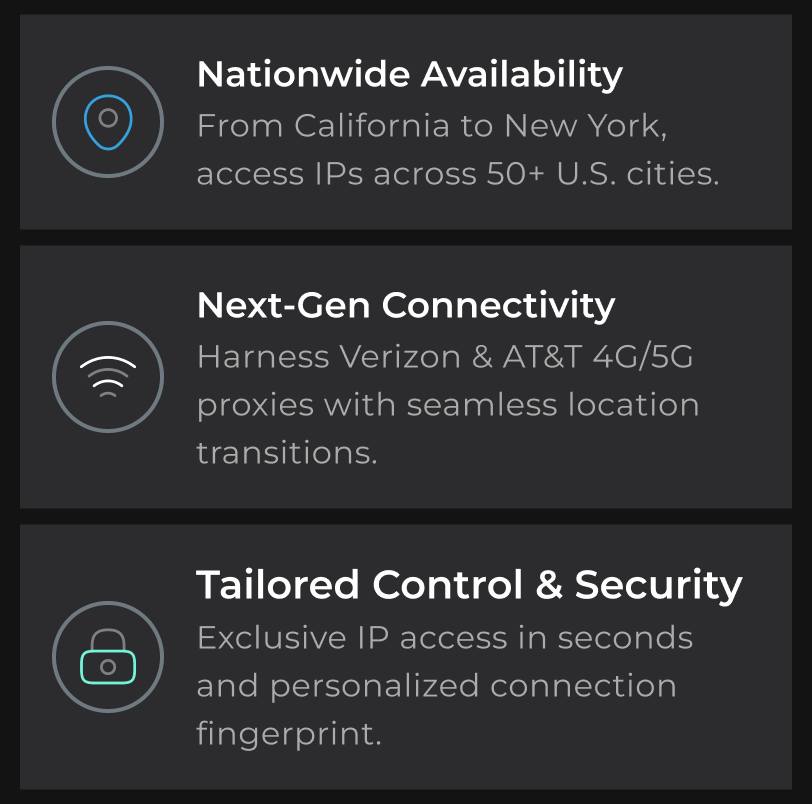IntroductionThe integration of Virtual Private Network (VPN) technology within government cybersecurity strategies necessitates a delicate balance between robust security and adherence to regulatory compliance. This post explores various VPN protocols and their alignment with government regulations, guiding cybersecurity teams in making informed decisions.
Understanding VPN ProtocolsVPNs use different protocols to secure data transmission. Common protocols include:
- OpenVPN: Known for its flexibility and strong security.
- WireGuard®: Offers simplicity and fast performance.
- IPSec: Widely used for its high level of security and compatibility.
Compliance with RegulationsGovernment agencies must ensure their VPN solutions comply with national and international standards. For instance, the Federal Information Processing Standards (FIPS) in the U.S. dictate stringent encryption requirements. Similarly, global regulations like GDPR affect how data is securely transmitted across borders.
Challenges and SolutionsBalancing security with compliance presents challenges. For instance, some high-security protocols may not be compliant with certain regulations, requiring agencies to find a middle ground. Solutions include using customizable VPNs that can be tailored to meet both security and regulatory needs.
ConclusionSelecting the right VPN protocol is crucial for government agencies. It involves understanding the strengths and limitations of each protocol and aligning them with legal and regulatory requirements. By doing so, governments can maintain high-security standards while remaining compliant with relevant regulations.





